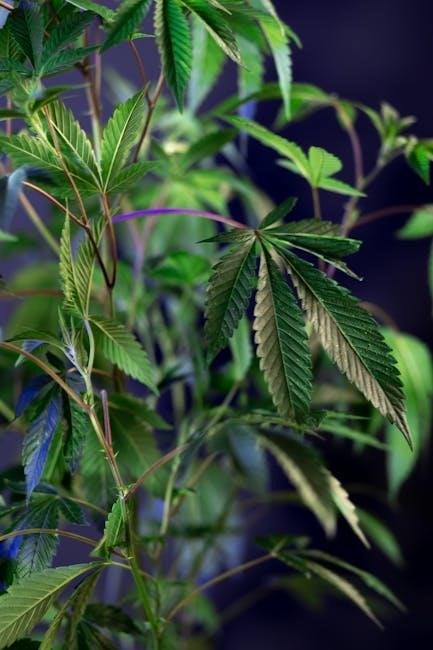Terpenes are organic compounds responsible for the aroma and flavor of plants, including cannabis. In strains like Tangie, they create a vibrant tangerine taste experience.
What Are Terpenes?
Terpenes are organic compounds found in plant resin, responsible for their aroma and flavor. They are the building blocks of essential oils, giving plants unique scents and tastes. In cannabis, terpenes like limonene contribute to citrus flavors, while others like pinene create earthy notes. These compounds also play roles in plant defense and environmental interactions. Different combinations of terpenes in cannabis strains result in varied flavor profiles, such as the tangerine taste in Tangie. They may also interact with cannabinoids to influence effects, making them vital for understanding cannabis diversity.
How Terpenes Contribute to Flavor and Aroma in Cannabis
Terpenes produce the distinctive flavors and aromas in cannabis by interacting with taste buds and olfactory receptors. In Tangie, limonene, myrcene, and ocimene combine to create its tangerine profile. Each terpene adds unique notes: limonene brings citrus, myrcene enhances earthy undertones, and ocimene adds floral hints. Their synergy amplifies the overall flavor, making Tangie’s aroma vibrant and complex. This blend not only delights the senses but also showcases how terpenes craft the diverse flavor profiles across cannabis strains, from sharp citrus to smooth, herbal undertones, enriching the sensory experience for users.
The Tangie Strain: A Citrus Lover’s Dream
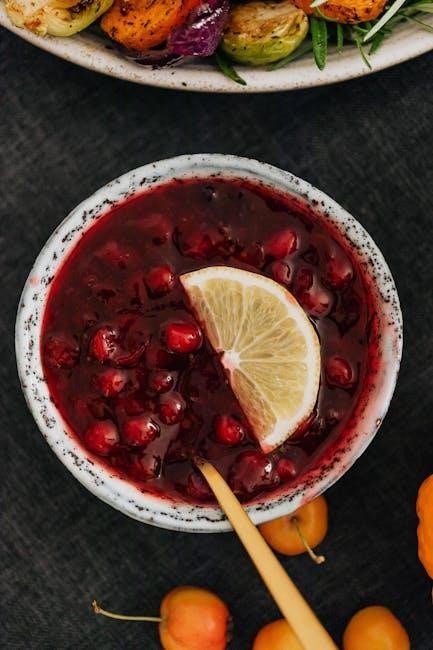
The Tangie strain captivates citrus enthusiasts with its vibrant tangerine aroma and unique flavor profile, making it a standout choice among cannabis strains for citrus lovers seeking a refreshing experience.

Origins and Genetics of the Tangie Strain
Tangie is a renowned cannabis strain created by crossing California Orange with a Skunk strain, resulting in a vibrant, citrus-forward profile. Its genetics are rooted in classic strains, but the unique tangerine flavor sets it apart. Known for its bright orange buds and heavy resin production, Tangie has become a favorite among citrus lovers. The strain’s origins are often linked to its parent, Tangerine Dream, but Tangie’s sharper, more pronounced tangerine aroma distinguishes it as a distinct variety in the cannabis world.
The Unique Tangerine Flavor Profile of Tangie
Tangie captivates with its bold, tangy tangerine flavor, reminiscent of fresh citrus zest. The strain offers a perfect balance of sweet and tart notes, creating a refreshing yet invigorating taste experience. Unlike sweeter strains, Tangie’s profile is sharp and citrus-forward, with subtle herbal undertones that enhance its complexity. This distinctive flavor makes Tangie a standout choice for those who appreciate vibrant, citrus-dominant strains. Its aroma is equally impressive, filling the air with a zesty, tangerine scent that lingers pleasantly.
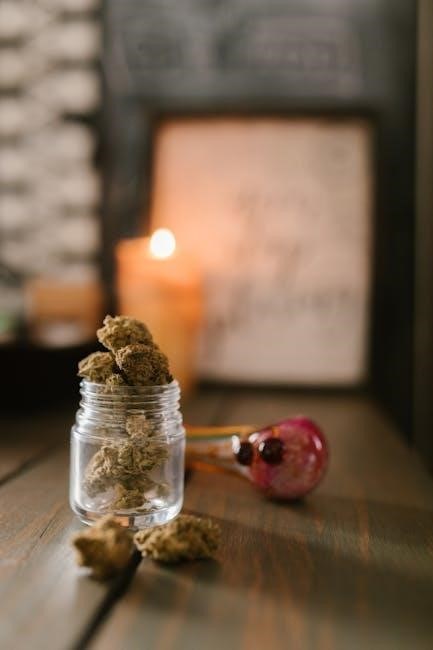
Key Terpenes Responsible for the Tangerine Flavor
Limonene, Myrcene, and Ocimene are the primary terpenes behind Tangie’s tangerine flavor. Limonene provides citrus brightness, while Myrcene and Ocimene enhance the fruity and floral notes, creating complexity.
Limonene: The Primary Terpene Behind Citrus Flavors
Limonene is a dominant terpene in Tangie, delivering its signature tangerine flavor. Found in citrus fruits like oranges and lemons, it provides a bright, uplifting aroma. Limonene’s presence enhances the strain’s tangy, citrusy profile, making it a standout in cannabis. This terpene is also known for its mood-enhancing properties and antioxidant benefits. In Tangie, limonene balances sweetness with acidity, creating a refreshing and invigorating sensory experience that citrus lovers adore.
Myrcene: Enhancing the Citrus and Earthy Notes
Myrcene, a prevalent terpene in cannabis, complements Tangie’s citrus profile by adding earthy and musky undertones. Known for its mango-like aroma, myrcene enhances the strain’s complexity. It works synergistically with limonene, intensifying the citrus flavors while introducing a herbal depth. Myrcene is also recognized for its potential anti-inflammatory properties and relaxing effects. In Tangie, it balances the brightness of limonene, creating a harmonious blend of citrus and earthy notes that elevate the overall aromatic experience.
Ocimene: Adding Floral and Herbal Undertones
Ocimene brings a delicate floral and herbal dimension to Tangie’s tangerine flavor. Found in chamomile and certain Brazilian trees, this terpene adds a subtle sweetness and complexity. It enhances the citrus notes while introducing a fresh, herbaceous quality. Ocimene’s understudied profile belies its significant contribution to the strain’s aromatic depth. By complementing limonene and myrcene, ocimene creates a balanced and refined flavor experience, making Tangie a standout in citrus-dominant strains. Its presence elevates the overall terpene synergy, adding layers to the tangerine profile.
Other Contributing Terpenes in Tangie
Besides limonene, myrcene, and ocimene, Tangie’s flavor profile is enriched by pinene and terpinolene. Pinene adds a crisp pine balance, while terpinolene introduces woody, floral complexity, enhancing the citrus and tangerine notes for a unique aromatic experience.
Pinene: Balancing the Flavor with Pine Notes
Pinene, a terpene found in pine trees, contributes a crisp, earthy, and woody flavor to Tangie. It balances the citrus and tangerine notes with subtle pine undertones, adding depth to the strain’s aromatic profile. Pinene is known for its anti-inflammatory properties and is commonly associated with outdoor, fresh scents. In Tangie, it complements the sharp citrus flavors, creating a harmonious blend of tangy and piney notes. This terpene enhances the overall complexity of the strain, making it a key player in its unique flavor experience.
Terpinolene: Adding Complexity to the Aroma
Terpinolene, a lesser-known terpene, contributes a unique woody, floral, and slightly citrusy note to Tangie. It enhances the strain’s aromatic complexity by introducing subtle herbal undertones. Terpinolene is known for its fresh, pine-like scent and is often associated with a sense of clarity. In Tangie, it balances the citrus-forward profile by adding depth and a hint of earthiness. This terpene’s presence ensures the aroma remains dynamic and engaging, offering a nuanced experience that complements the tangerine flavor while maintaining its distinct character.
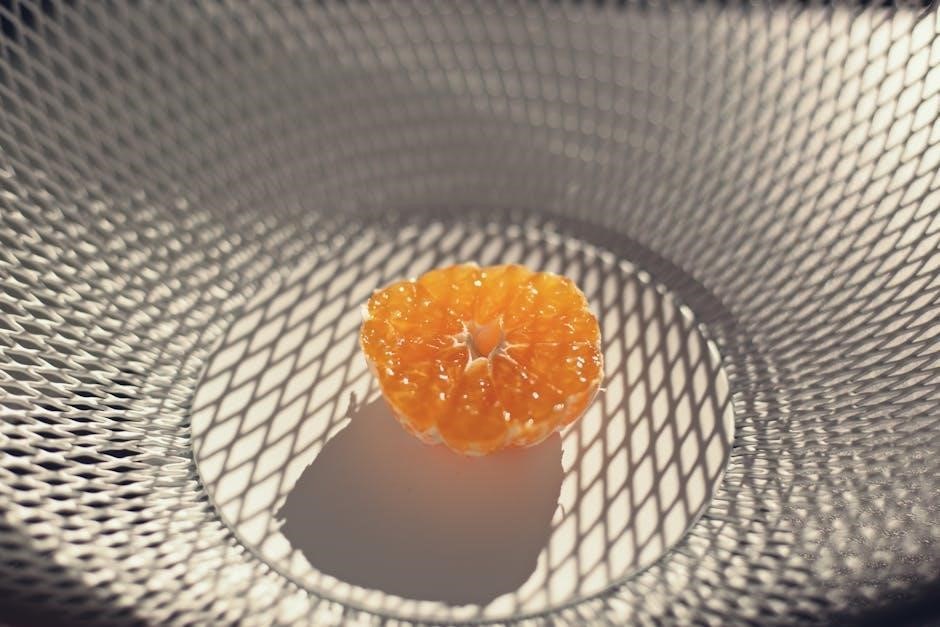
The Science Behind the Tangerine Flavor
The tangerine flavor arises from the synergy of terpenes like limonene, myrcene, and ocimene. These compounds interact to create a citrusy, floral, and slightly herbal taste experience.
How Different Terpenes Interact to Create the Tangerine Taste
Limonene, myrcene, and ocimene harmonize to craft Tangie’s tangerine profile. Limonene provides citrus zest, while myrcene enhances earthy undertones, and ocimene adds floral complexity, blending seamlessly for a vibrant flavor experience.
The Role of Terpene Synergy in Enhancing Flavor
Terpene synergy amplifies the tangerine flavor in Tangie by combining limonene’s citrus brightness, myrcene’s earthy depth, and ocimene’s floral undertones. This interaction creates a balanced and complex profile, enhancing the overall aroma and taste experience. The collaboration between these compounds elevates the strain’s unique character, demonstrating how terpenes work together to produce a vibrant, multi-dimensional flavor that captivates the senses.

Health Benefits of the Terpenes Found in Tangie
Terpenes in Tangie contribute to health benefits. Limonene offers mood enhancement and antioxidant properties, while myrcene provides anti-inflammatory and relaxing effects, promoting overall well-being.
Limonene: Mood Enhancement and Antioxidant Properties
Limonene, a primary terpene in Tangie, is renowned for its citrus flavor and aroma. Found in citrus fruits, peppermint, and juniper, it offers mood-enhancing effects and antioxidant benefits. As a dominant terpene in Tangie, limonene contributes to its uplifting and refreshing qualities. Its antioxidant properties help protect cells from damage, promoting overall well-being. This terpene’s ability to elevate mood and reduce stress makes it a key component in the strain’s therapeutic profile, enhancing both flavor and health benefits for users.
Myrcene: Anti-Inflammatory and Relaxing Effects
Myrcene, a prevalent terpene in Tangie, is known for its earthy, musky undertones and therapeutic properties. It acts as a potent anti-inflammatory agent, helping to reduce swelling and alleviate pain. Myrcene also promotes relaxation, making it ideal for stress relief and improving sleep quality. Its ability to enhance the effects of other terpenes, like limonene, creates a balanced experience. This terpene’s calming and soothing benefits make it a valuable component of Tangie’s profile, offering both flavor depth and health advantages for users seeking relaxation and relief.
How to Enhance the Tangerine Flavor in Tangie
Proper storage in a cool, dark place preserves terpene integrity. Using glass containers prevents contamination, while vaporizing at low temperatures highlights the citrus notes without combustion damage.
Proper Storage and Handling of Cannabis
Proper storage is essential to preserve the tangerine flavor of Tangie. Use airtight, glass containers to prevent terpene degradation from oxygen and light. Store in a cool, dark place with consistent temperatures between 60-70°F to maintain terpene integrity. Humidity levels should be kept around 60-65% to avoid moisture loss or mold growth. Handle buds gently to minimize trichome damage, as these tiny resin glands contain terpenes. Avoid plastic containers, as they can leach chemicals and alter the flavor profile. Proper care ensures the citrus notes remain vibrant and aromatic.
Best Consumption Methods for Flavor Preservation
Preserving Tangie’s tangerine flavor requires careful consumption methods. Vaporizers are ideal, as they heat terpenes at lower temperatures, preventing degradation. Avoid using overly hot dab rigs, as high heat can burn delicate terpenes. Joint rolling can also lead to terpene loss due to combustion. For the best experience, use glassware or high-quality vaporizers that maintain flavor integrity. Ensure your equipment is clean and free of residue to avoid contaminating the taste. Proper consumption methods enhance the citrus profile, allowing the full complexity of Tangie’s terpenes to shine.
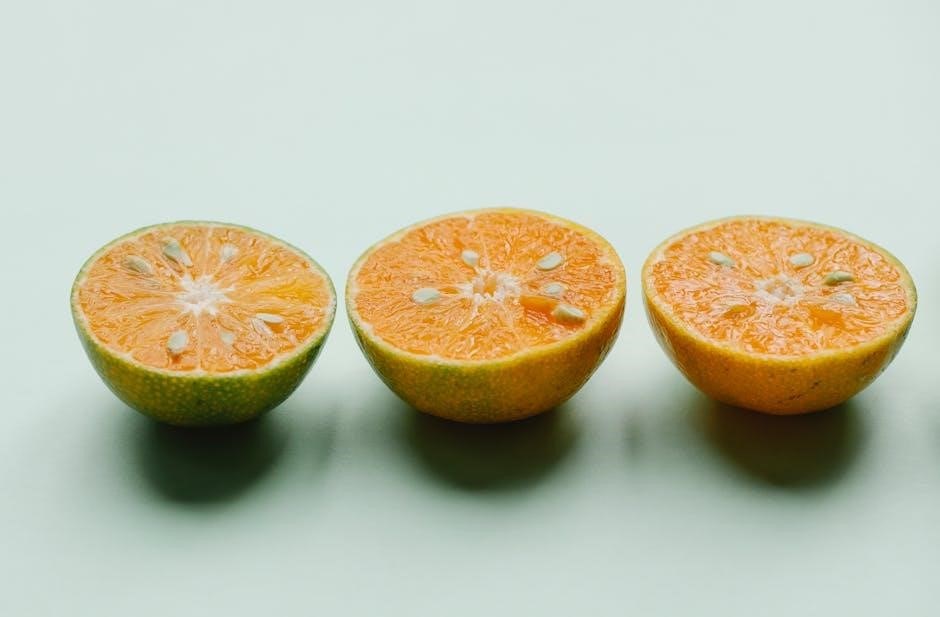
Comparing Tangie to Other Citrus Strains
Tangie’s sharp tangerine flavor stands out among citrus strains, differing from Tangerine Dream’s sweetness and other strains like Super Lemon Haze and Pineapple Express, offering unique zest.
Tangerine Dream vs. Tangie: Similarities and Differences
While both Tangerine Dream and Tangie boast vibrant citrus profiles, they differ in intensity and complexity. Tangerine Dream offers a sweeter, more rounded orange flavor, whereas Tangie delivers a sharper, tangerine-like zest. Both strains share key terpenes like limonene and myrcene, which enhance their citrus characteristics. However, Tangie’s terpene profile is more pronounced, creating a brighter, tangier experience. This distinction makes Tangie a standout choice for those seeking a bold tangerine flavor, while Tangerine Dream appeals to those who prefer a smoother citrus taste.
Other Strains with Prominent Tangerine Flavors
Beyond Tangie, strains like Tangerine Dream, Tropicana Cookies, and Orange Creamsicle also showcase vibrant tangerine flavors. These strains often share similar terpenes, such as limonene and myrcene, which amplify citrus notes. Tangerine Dream, for instance, offers a sweeter, more rounded orange profile, while Tropicana Cookies blends tangy tangerine with tropical fruit undertones. These strains highlight the diversity of tangerine-forward cannabis, each with unique twists but all delivering bold citrus aromas that captivate terpene enthusiasts and citrus lovers alike.
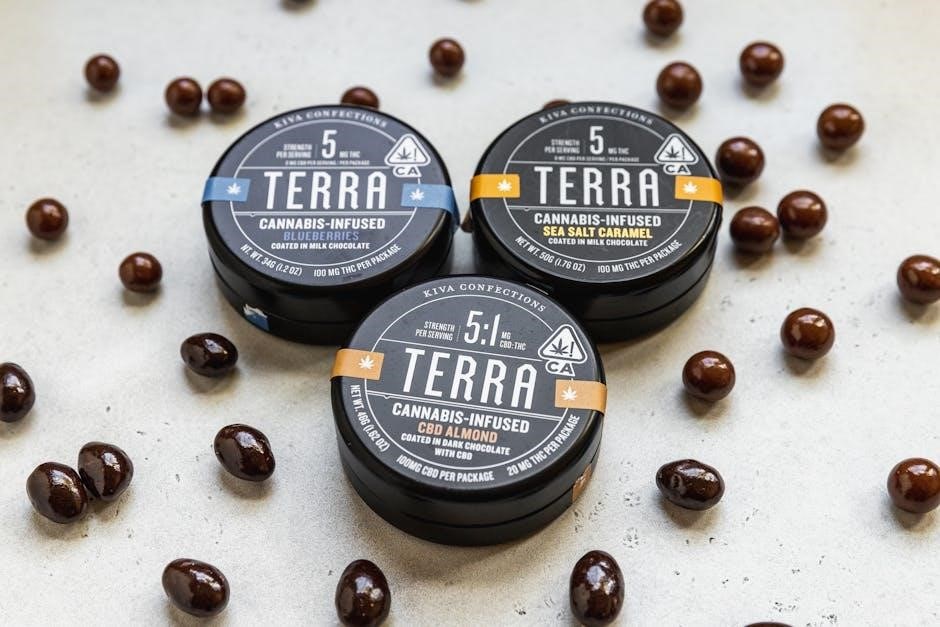
The Significance of Tangie in the World of Terpenes
Tangie’s tangerine flavor primarily comes from limonene, a terpene known for its citrus aroma. Other terpenes like myrcene and ocimene may enhance this flavor, creating a balanced and complex profile.

